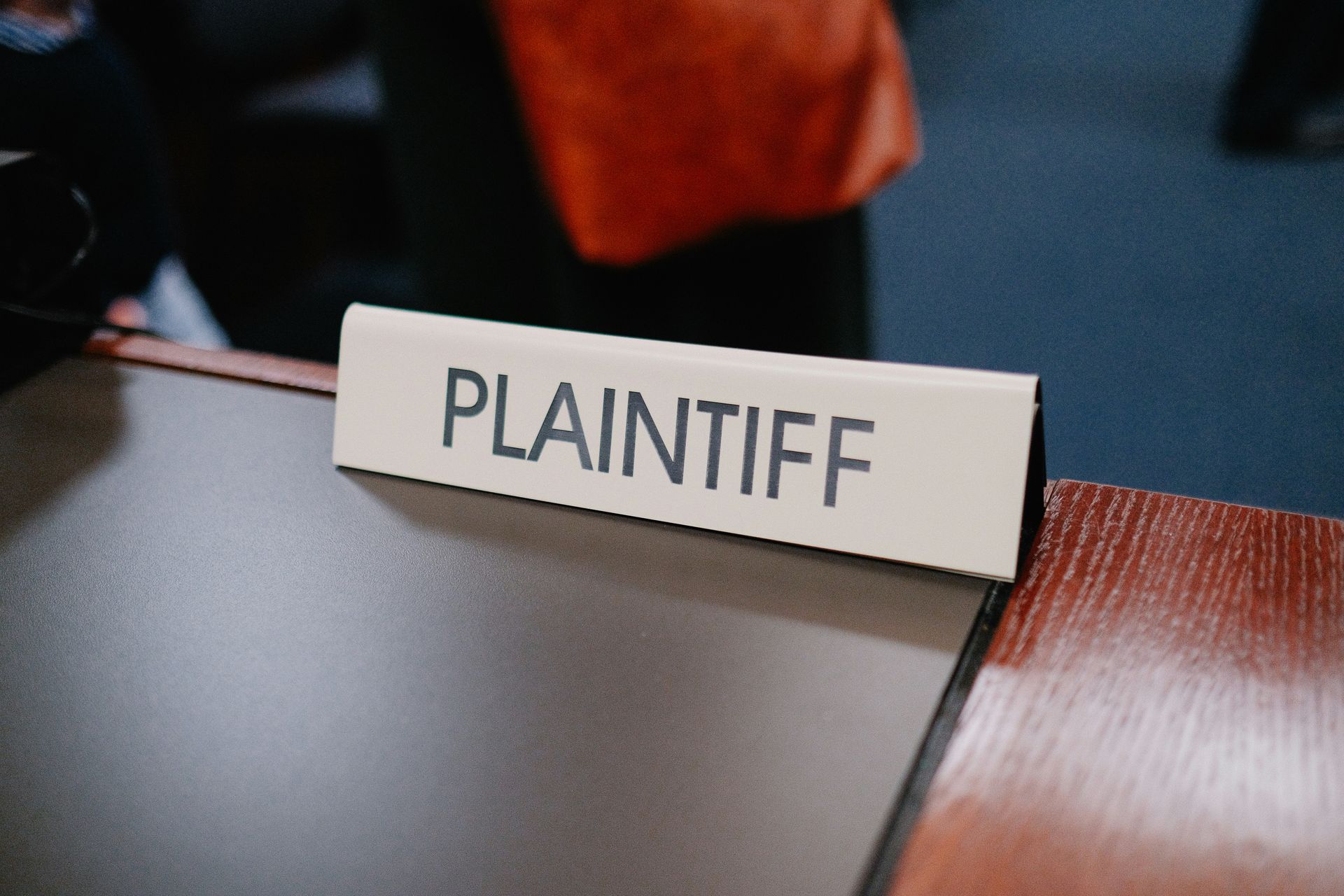Understanding Comparative Negligence: What If I Am Partially at Fault for My Injury?
Take Counsel From the Best
At Newman Injury Law, we often encounter clients who are concerned about their ability to pursue a personal injury claim because they believe they may be partially at fault for their injury. This concern leads to the question: "Do I still have a case if I am partially at fault?" The answer to this question lies in the legal concept of comparative negligence. This article will explore comparative negligence, provide examples to illustrate how it works, and explain why consulting with an experienced attorney at Newman Injury Law is essential.
What Is Comparative Negligence?
Comparative negligence is a legal principle used in personal injury cases to determine the extent to which each party involved in an accident is responsible for the resulting injuries. Under this doctrine, the fault is divided among all parties involved based on their respective contributions to the incident. The amount of compensation a plaintiff can receive is then adjusted according to their degree of fault.

Types of Comparative Negligence
There are two primary types of comparative negligence: pure comparative negligence and modified comparative negligence.
- Pure Comparative Negligence: In states that follow pure comparative negligence, a plaintiff can recover damages regardless of their percentage of fault. However, their compensation is reduced by their degree of fault. For example, if a plaintiff is found to be 30% at fault and the total damages amount to $100,000, the plaintiff would receive $70,000.
- Modified Comparative Negligence: In states that follow modified comparative negligence, a plaintiff can only recover damages if their degree of fault is below a certain threshold, typically 50% or 51%. If the plaintiff's fault exceeds this threshold, they cannot recover any damages. For instance, if a plaintiff is found to be 40% at fault in a state with a 50% threshold, they would receive 60% of the total damages. However, if they are 55% at fault, they would receive nothing.
It should be noted that Pennsylvania is a modified comparative negligence state.
Do I Still Have a Case?
The principle of comparative negligence means that
even if you are partially at fault for your injury, you may still have a case and be entitled to compensation. The key is determining the extent of your fault and how it impacts your ability to recover damages. This determination can be complex, requiring a thorough investigation and a nuanced understanding of the law.

Why Seek Legal Counsel from Newman Injury Law?
Navigating the intricacies of comparative negligence requires experienced legal guidance. At Newman Injury Law, our team of skilled attorneys is dedicated to helping you understand your rights and the potential outcomes of your case. Here are some reasons why seeking legal counsel from us is your best course of action:
- Expert Evaluation: We will conduct a comprehensive evaluation of your case, gathering all necessary evidence to determine the degree of fault accurately.
- Strategic Advice: Our attorneys will provide strategic advice tailored to your specific situation, helping you understand the strengths and weaknesses of your case.
- Maximized Compensation: We are committed to ensuring you receive the maximum compensation possible, taking into account your degree of fault and the relevant state laws.
- Stress Reduction: Dealing with an injury and a legal claim can be overwhelming. Our team will handle all legal aspects, allowing you to focus on your recovery.

Let Us Champion You
If you are partially at fault for your injury, you may still have a valid personal injury claim under the doctrine of comparative negligence. Understanding how this principle applies to your case is crucial for pursuing fair compensation. At Newman Injury Law, we are here to provide the expert guidance and support you need. Contact us today for a consultation, and let us help you navigate the complexities of your personal injury case.















